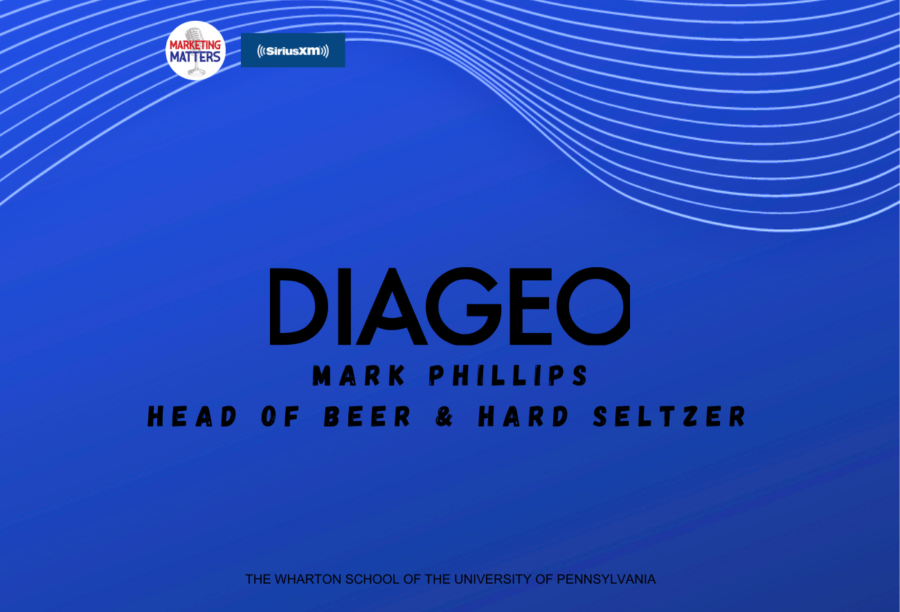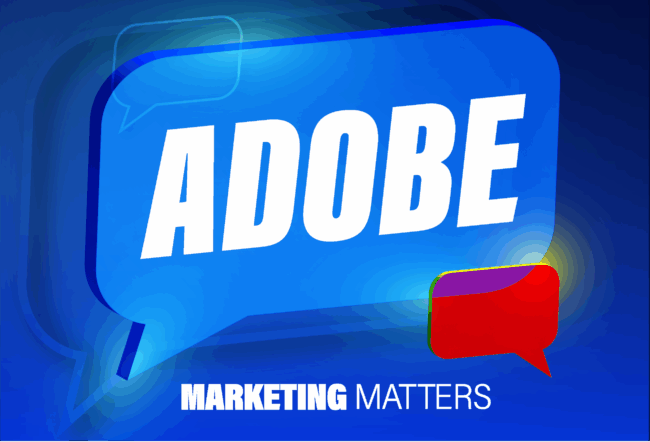The following piece is written by Wharton marketing professor Barbara E. Kahn, co-host of the Marketing Matters podcast.
Given it was March, the month that features St. Patrick’s Day & March Madness, there was no better time for us to reach out to Mark Phillips, Head of Marketing for Beer & Hard Seltzer for Diageo, U.S. He oversees the end-to-end business and brand strategy for Guinness and American-born seltzer brands like Lone River Ranch Water and Ranch Ritas.
Guinness is an iconic global brand — it makes up nearly two percent of the total beer market in the U.S. (Statista). It is even stronger in the U.K. where Guinness became the most popular pint in Britain by EOY 2022. Of course, in Ireland where Guinness was founded in 1759, it has over 25% of beer sales and has long been the Emerald Isle’s most popular beer.
When I asked Mark how he fared this St. Pat’s Day given he spent the day at breweries and pubs, he said he was just fine because he drank a lot of Guinness 0. Introduced to the U.S. last year, Guinness 0 is full-flavored Guinness but with no alcohol. The brew uses the same ingredients; water, barley, hops, and yeast; but the alcohol is removed through a cold filtration method.
The no- and low-alcohol category is a growth market for the spirits and beer world. It surpassed $11 billion in 2022 and is predicted to grow by a third by 2026 according to IWSR Drinks Market Analysis. A lot of the growth is being driven by the younger generation, where “sober curious” is a TikTok trend. Driven by popular challenges like Sober October or Dry January, “sober curious” is more of a move to moderation than to complete sobriety. Mark told us that their data shows that many people who drink non-alcoholic products also drink alcoholic products. It’s not one or the other — it’s just having control of how much alcohol you want to consume.
So, Americus asked the natural question: Are the no-alcohol products cannibalizing alcohol sales? And the answer was largely no. Sales of 0 are generally incremental to the business — because of the huge growth in the category, 30%–35% compared to just 5% in malt alone.
Since it’s unlikely that Americans are consuming more liquid overall, where is the growth coming from? And the answer is other carbonated soft drinks, juices, or iced tea. If you think of it this way, Pepsi could be considered a non-alcoholic soft drink.
But that’s not the way the non-alcoholic category is being positioned. Guinness is a brand with a huge historic authentic legacy. Consider it a luxury brand in the category, centuries old, with ritualized ways to drink it. Google “how to drink a Guinness,” and you’ll get tons of videos and blogs. Mark told us not only is the brand 264 years old, but Arthur Guinness, the first brewer of the stout, signed a 9,000-year lease for the original brewery in Dublin.
So, Mark is in the business of building brand equity in the U.S. One way they are doing it is through the creation of U.S.-based breweries to increase customers’ “dwell time” with the brand. The more time you spend with the brand and its history, the more loyal you are, and Mark has the data to prove it. In 2015, they opened the first Guinness Open Gate Brewery in Baltimore, and they are opening the second one soon in Chicago.
The Baltimore brewery shares the spirit of its sister brewery in Dublin. According to the website, “Having a brewery in the United States allows us to understand and respond to trends more quickly, as well as brew smaller batches and get them beyond the walls of the brewery faster.” The experiential experimental brewery allows them to innovate and to interact directly with their consumers. The data show that in the markets like Baltimore, where Guinness is building equity and encouraging consumers to spend more time with the brand culture, consumption is significantly higher than the national average.
Mark also talked about the hard seltzer trend. The hard seltzer market is the opposite of the “no alcohol” beer market. Here, the industry takes a non-alcoholic soft drink — flavored seltzer — and ADDS alcohol. This global market was $4.4 billion in 2019 and is expected to grow at 16% CAGR through 2027 to $14.5 billion (Grand View Research).
Diageo’s approach to this business is again to build a brand and legacy. Building on the growth of “country and agave-inspired culture” through the U.S., they acquired Far West Spirits LLC, owner of the Lone River Ranch brand. Lone River was founded in 2019 by native Texan Katie Beal Brown, and the product takes its inspiration from the popular classic Texan “Ranch Water” cocktail. According to the website, “A Lone River cuts through the high desert of Far West Texas. If you follow it long enough, you’ll hear the music drifting over from a nearby cantina. Legend has it, it was in these parts that the Ranch Rita was born — a margarita-style drive inspired by a Far West Texas legend.”
Take the alcohol out or put it in, Diageo’s products are definitely not just “soft drinks.” They are a cultural experience. Mark Phillips has a great job; he gets to hang out in pubs and breweries to sell his products. But what he is really selling is lifestyle and brand.



